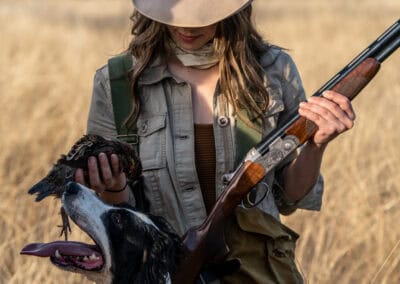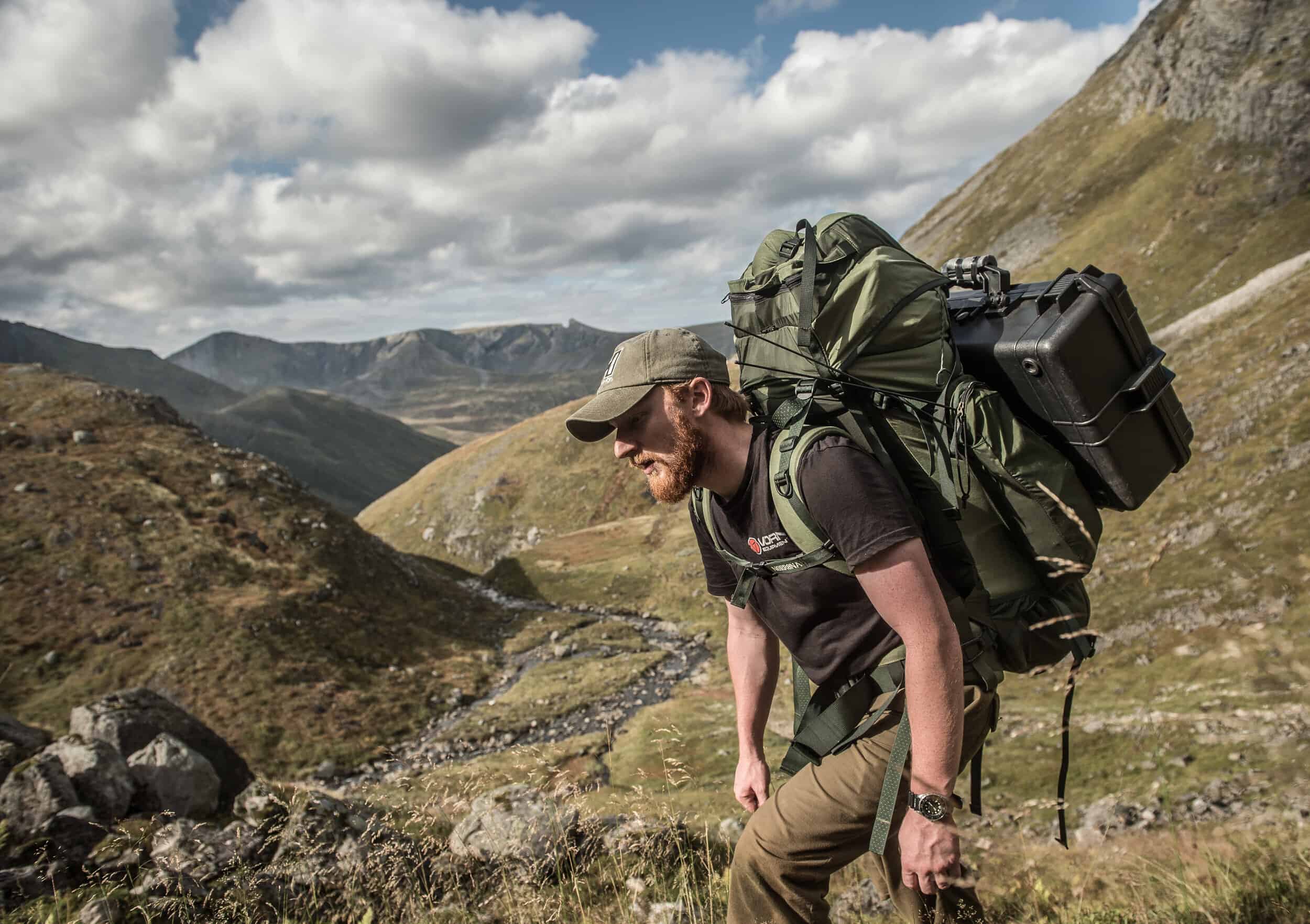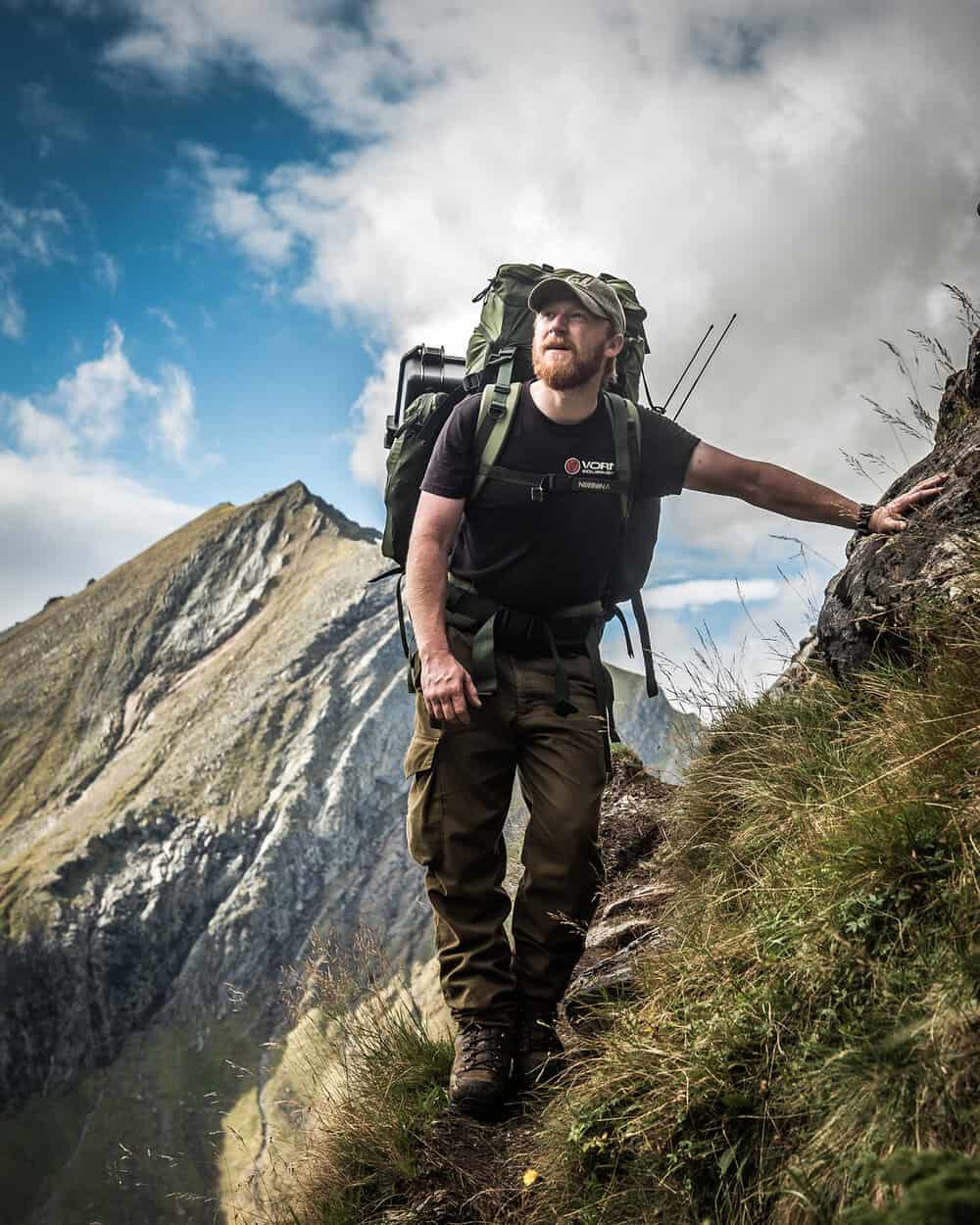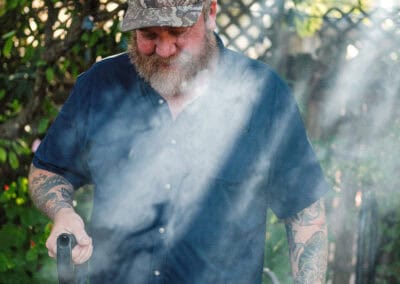Your cart is empty


When it comes to reporting on conservation news, it’s hard to find optimism in our current trajectory. Good news stories drown in the waves of habitat destruction, species declines, escalating global pollution, and the increasingly apparent impacts of climate change. It’s vividly apparent that our current consumption behaviours are unsustainable — check out this graphic from the Visual Capitalist.
Even without a deep understanding of resource provision and impact, the statistics are frightening. A third of all terrestrial environments are occupied by agriculture, and this utilises 75% of all available freshwater. More than 30% of marine fish-stocks are over-harvested, with the majority at their maximum sustainable level of exploitation. A very accessible overview can be found in the WWF Living Planet Report, and if you want to add a cherry to your cake of doom, check out the global population clock. Here you can watch the current population of 7.7 billion people tick up before your eyes. While you may be thinking that the increasing awareness of sustainable ‘green’ choices are a swinging axe to counter this negativity … sorry, I have news. It turns out that ‘green consumerism’ doesn’t always have the outcomes one may expect. Purchasing decisions are partially based on historical choices, and research shows that the self-perception of morally virtuous behaviours, leads to subsequent less ethical behavioural decisions.
With the bar of despair set relatively high already, let me inject a little hope and wonder, by kicking off this month’s science of conservation with a moment to reflect. A time-out to remember that the most powerful driver we have for positive change in conservation is to re-connect people with nature; to embrace a re-awakening of the physiological and health benefits, as well as what we gain materially through ecosystem services. So, enjoy these spectacular starling murmurations, captured only a stone’s throw from where I live.
Bird flu outbreaks have been increasing across Europe in recent weeks, and while most strains of the virus don’t affect humans, there are a handful which do. H5N1 had a mortality rate of 55% of infected people, but the sample size is small, with just over 700 people infected since 1997. Fortunately, unlike SARS-CoV-2, it doesn’t transmit easily between people.
The risk level for wild birds in the U.K. has been elevated to ‘very high,’ and as a result, an avian equivalent of our familiar ‘stay-at-home’ will be implemented on the 14th of December — all avian livestock and pets will have to be kept indoors. The 2016-17 outbreak of H5N8 reportedly killed around 14,000 wild birds in the Netherlands. The 2003 outbreak in China killed 10% of the world’s population of bar-headed geese. The impact on wild birds from the current outbreak is unknown, but it’s clear that we will have to contend with avian flu for the foreseeable future, and it could have devastating impacts on already declining bird populations.
Read the BBC story here
In the U.K, U.S.A and Canada, we are accustomed to seeing regular stories on the negative impacts of salmon farms on wild fish-stocks; be that from chemical use, nutrient enrichment or the burden of exploding sea-lice densities. Unquestionably, the salmon farming industry — worth of $15.4 billion — is coming under increasing pressure to clean up its act.
The Guardian newspaper reported this week that more than 130,000 farmed Atlantic salmon had escaped from a fish farm in Tasmania, following damaged nets after a storm. There are serious concerns about their impact on native species, and a growing disenfranchisement with the Tasmanian government; seemingly happy to peddle the propaganda of the ‘benefits’ to local people from catching escaped fish.
Read more about the plight of salmon in Modern Huntsman Volume 3
Most conversations around transport focus on the environmental implications of emission, their contribution to climate change, and how this is impacting life on earth. But what if there is more to this story? What if all vehicles, even those powered by electricity, were spewing harmful chemicals and particles into the environment? Well, it turns out they are.
Last month, Hakai magazine ran a story highlighting research on the impacts of water run-off from roads. According to the IUCN, particles from tires contribute 28.3% of the microplastics in our oceans. The article explains a study from the University of Washington – Tacoma, into chemical leaching from tire particles, and the high levels of mortality found in urban-running Coho salmon. This raises yet more questions as to how we prevent the far-reaching impact of our existence on the wider landscape. The solution presented here was to create settling ponds for road water run-off.
Namibia and Botswana offer two stand-out examples of conservation mechanisms which work. Like their neighbour, Namibia has seen increasing elephant numbers in the last few decades, trebling their population since the mid-90s. Now, some regions have exceeded their carrying capacity. As a result, the Namibian government is auctioning off 170 elephants from areas most impacted by the last decade of drought conditions.
As it’s an open auction, it will be interesting to see who buys these animals. Will animal rights organisations step up and pay for relocations, or will they be hunted?
See the report on CNN.
Recent research has reinforced the complexities and motivations surrounding the targeting of different taxa within the bushmeat trade. When interviewing consumers of bushmeat, the largest proportion of protein came from non-endangered rodents and duiker. Rodents tended to be trapped by the end-user, whereas duiker were traded. However, the disparity arises in the interviews with hunters, where the most targeted taxa were primates – driven by economic incentives. The primary demand is for cultural practises and status, not the need for protein. Increasing economic prosperity exacerbates this driver.
Any attempt to tackle the impact of the bushmeat trade on endangered species, will have to have an understanding of the cultural nuances associated with demand. It is not a simple case of elevating pressures for food provision.
Read the research paper here
For those of you who are interested in the recent developments in our understanding of evolution, here are two interesting reads:
· Why frogs are shrinking on isolated islands, and what this tells us about evolution: Quanta Magazine | Summary provide by New Scientist
· New data on Lake Tanganyika’s cichlid fish species offers an expanded insight in adaptive radiation and the role of hybridisation in evolution. There is also a very cool video showing the morphological adaptations between species.

BYRON PACE | CONSERVATION EDITOR
Byron Pace found himself hunting and fishing from almost as soon as he could walk, his father laying the foundations for a passion centered on exploring the outdoors. This would become the guiding force for most of his life decisions. He began creating content for international hunting publications soon after leaving school, continuing through his studies in economics, graduating with first class honors. A desire to explore would see him involved in big game capture in Africa, building up an experience of wildlife management at home and abroad through further study and time on the ground. Today, he and his brother, Darryl, run their own film production company and podcast, Into The Wilderness, focused on improving the understanding of conservation and the management of wildlife around the globe.
Related Stories



Latest Stories


